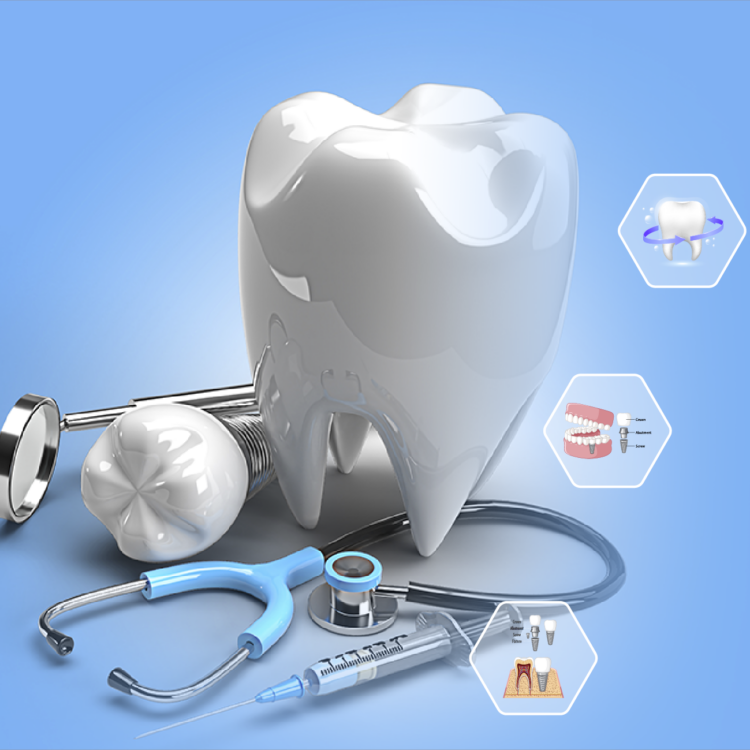
Common Dental FAQs
It’s generally recommended that you visit the dentist for a checkup and cleaning every six months, or twice a year. However, your dentist may recommend more frequent visits if you have a history of dental problems or are at higher risk for developing certain conditions.
To prevent cavities and tooth decay, it’s important to practice good oral hygiene habits, such as brushing twice a day with fluoride toothpaste, flossing daily, and limiting sugary and acidic foods and drinks. You should also visit the dentist regularly for checkups and cleanings.
Some signs that you may need a root canal include severe tooth pain, sensitivity to hot and cold temperatures, swelling or tenderness in the gums, and discoloration of the affected tooth. If you are experiencing any of these symptoms, it’s important to see your dentist as soon as possible.
Periodontal disease, or gum disease, is a bacterial infection that affects the gums and bone that support the teeth. To prevent periodontal disease, it’s important to practice good oral hygiene habits, such as brushing and flossing daily, and visiting the dentist regularly for checkups and cleanings. Quitting smoking and maintaining a healthy diet can also help prevent periodontal disease.
There are several options for teeth whitening, including in-office treatments, take-home kits, and over-the-counter whitening products. Your dentist can recommend the best option for you based on your needs and goals.
If you have a dental emergency, such as a broken tooth or severe tooth pain, you should contact your dentist as soon as possible. If it’s after hours or your dentist is unavailable, you may need to visit an emergency dental clinic or go to the emergency room.
To brush your teeth, you should use a soft-bristled toothbrush and fluoride toothpaste, and brush for at least two minutes twice a day. Use gentle circular motions and make sure to brush all surfaces of your teeth, including the fronts, backs, and tops. To floss, use a piece of floss about 18 inches long and slide it gently between your teeth, curving it around each tooth and sliding it up and down.
It’s generally recommended that you replace your toothbrush every three to four months, or sooner if the bristles become frayed or worn. This helps ensure that your toothbrush is clean and effective at removing plaque and bacteria from your teeth.





